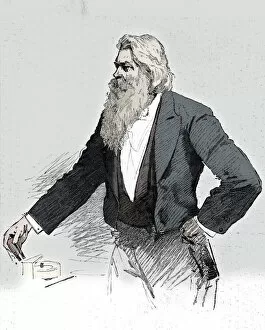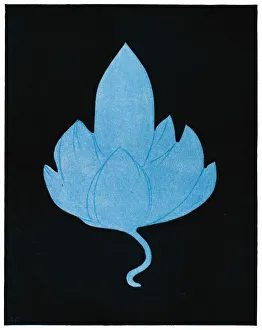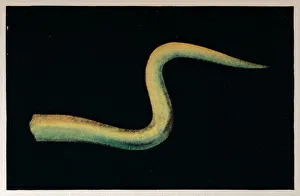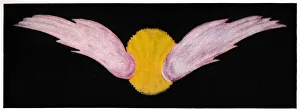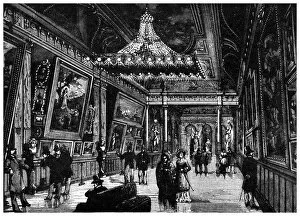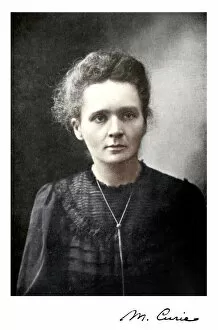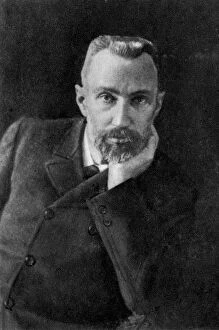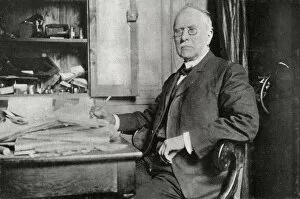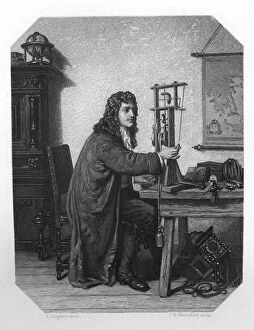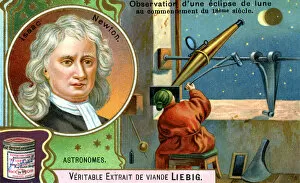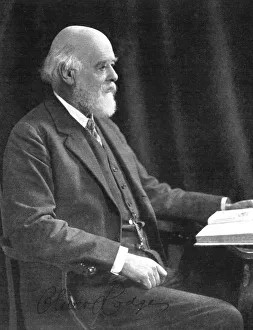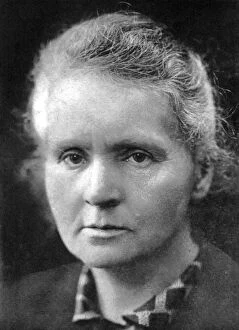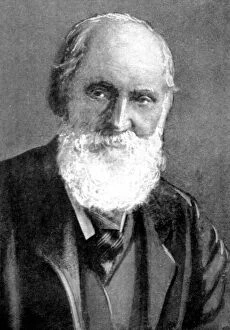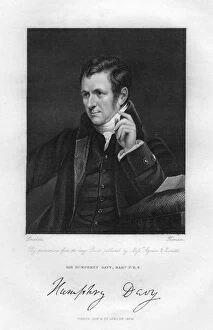Physicists Collection (#53)
Physicists are professionals who study the fundamental principles of nature, including matter, energy, space, and time
2,875 Items
All Professionally Made to Order for Quick Shipping
-
Physicists Collection
Physicists are professionals who study the fundamental principles of nature, including matter, energy, space, and time. They use mathematical models and experimental methods to explore the behavior of particles at both the subatomic and cosmic scales. Some popular themes in physics include quantum mechanics, relativity theory, astrophysics, particle physics, thermodynamics, and electromagnetism. Physicists work in a variety of settings such as academia or research institutions where they conduct experiments or develop theories that advance our understanding of the universe. Their discoveries have led to technological advancements that have transformed society from nuclear power plants to medical imaging devices.
+
Our beautiful Wall Art and Photo Gifts include Framed Prints, Photo Prints, Poster Prints, Canvas Prints, Jigsaw Puzzles, Metal Prints and so much more
The Physicists collection from Media Storehouse is a stunning array of wall art and framed prints that showcase the most popular themes in physics. Our collection features some of the greatest minds in science, including Albert Einstein, Stephen Hawking, and Richard Feynman, among others. The artwork captures their genius and contributions to the field of physics through striking images that are sure to impress any fan of science. From black-and-white portraits to colorful illustrations, our collection offers a variety of styles for every taste. Each piece is expertly crafted using high-quality materials to ensure longevity and durability. Whether you're looking for inspiration or simply want to add a touch of sophistication to your home or office decor, the Physicists collection has something for everyone. This impressive collection celebrates the brilliance and innovation that defines modern physics while providing an aesthetically pleasing addition to any space.
+
What are Physicists (Popular Themes) art prints?
Physicists art prints are a collection of high-quality, visually stunning prints featuring some of the most famous physicists in history. These prints showcase iconic images and quotes from renowned scientists such as Albert Einstein, Stephen Hawking, Marie Curie, and Richard Feynman. The collection includes both black and white and color photographs that capture the essence of these brilliant minds. These art prints are perfect for anyone with an interest in science or physics who wants to decorate their home or office with inspiring images. They make great gifts for students, teachers, scientists or anyone who appreciates the beauty of scientific discovery. The Physicists art print collection is available in a variety of sizes to suit any space. Each print is produced using high-quality materials to ensure long-lasting durability and vibrant colors that will not fade over time. Whether you're looking for inspiration or just want to add some style to your decor, these art prints are sure to impress.
+
What Physicists (Popular Themes) art prints can I buy from Media Storehouse?
We offer a wide range of Physicists art prints that you can buy. These prints feature some of the most famous physicists in history, including Albert Einstein, Stephen Hawking, and Richard Feynman. You can choose from a variety of styles and sizes to suit your preferences. Some popular themes include portraits of these iconic scientists, as well as images related to their work and discoveries. For example, you might find prints featuring equations or diagrams related to relativity or quantum mechanics. In addition to individual physicist prints, Media Storehouse also offers collections that showcase multiple scientists or scientific concepts. These collections provide an excellent way to decorate your home or office with beautiful artwork while celebrating the achievements of some of the greatest minds in history. If you are interested in physics and want to add some unique artwork to your collection, we have plenty of options for you.
+
How do I buy Physicists (Popular Themes) art prints?
To buy Physicists art prints from Media Storehouse, you can browse our extensive collection of artwork online. Once you have found the piece that catches your eye, simply select the size and format that suits your needs. You can choose between canvas or paper prints in a range of sizes to fit any space. Once you have made your selection, add it to your cart and proceed to checkout. You will be prompted to enter your shipping information and payment details before finalizing your purchase. We offer a secure online shopping experience with multiple payment options available for convenience. Their high-quality printing process ensures that each print is produced with exceptional clarity and color accuracy. Whether you are looking for a stunning addition to your home decor or a unique gift for someone special, buying Physicists art prints from Media Storehouse is an easy and enjoyable experience.
+
How much do Physicists (Popular Themes) art prints cost?
The cost of Physicists art prints varies depending on the size and type of print chosen. We offer a range of sizes, from small to large, as well as different types such as canvas or framed prints. The price also depends on whether the artwork is licensed for personal use or commercial use. Physicists art prints feature famous physicists and their contributions to science, including Albert Einstein, Stephen Hawking, and Marie Curie. These artworks are perfect for science enthusiasts and those interested in physics history. We provide high-quality prints that are sure to impress anyone who sees them. Their selection includes many popular themes beyond physics, so you can find something they love no matter what their interests may be. The cost of Physicists art prints is reasonable considering the quality and variety offered by Media Storehouse.
+
How will my Physicists (Popular Themes) art prints be delivered to me?
Your Physicists art prints will be delivered to you in a safe and secure manner by Media Storehouse. The company takes great care in packaging your order so that it arrives at your doorstep undamaged. Your prints will be carefully rolled and placed inside a sturdy cardboard tube, which is then sealed with tape to prevent any moisture or dust from entering. Media Storehouse uses reliable courier services for delivery, ensuring that your package reaches you within the estimated timeframe. You can track the progress of your shipment through the tracking number provided by the company. Upon receiving your order, it is recommended that you unroll your prints immediately and lay them flat on a clean surface to allow them to settle into their new shape before framing or mounting. With proper handling and care, these beautiful artworks will provide years of enjoyment for you and anyone who sees them.


